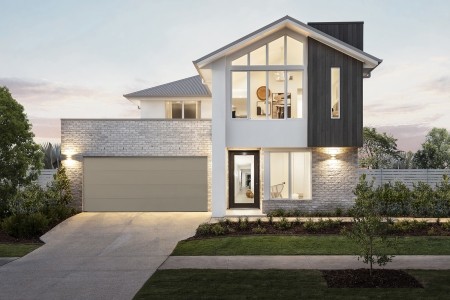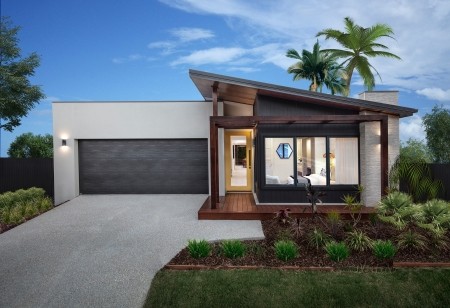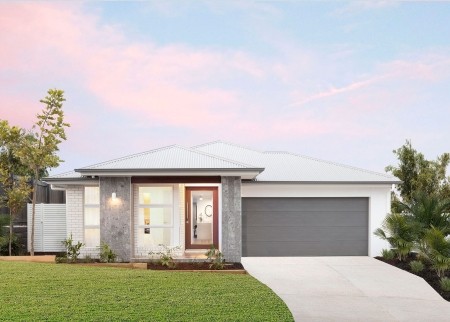Most Popular Roof Types in Australia

Australia's diverse climate and architectural styles have given rise to various popular roof types. Each roof shape not only influences the aesthetic appeal of a home but also its functionality and energy efficiency.
Understanding the differences between these roof shape types can help first-time home builders select the best option for their dream home.
What are the Different Roof Types?
Exploring the different types of roof is a key step in designing your ideal home, as the roof surface protects your property and defines its overall style and character.
Let's delve into some of Australia's most popular roof types, each with its unique attributes and suitability for various home designs.
Gabled Roof
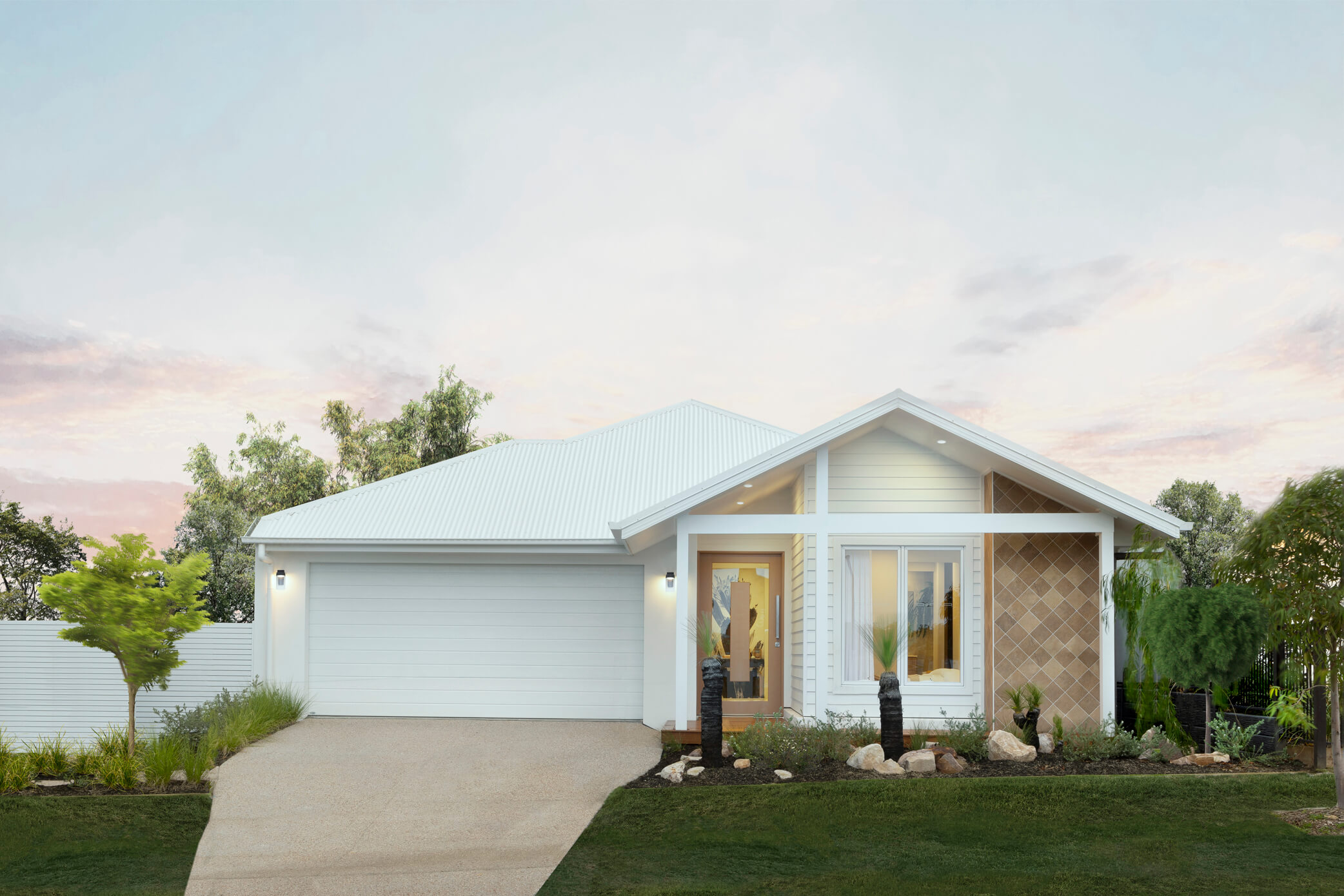
Gabled roofs, known for their triangular shape, are among the most common Australian roof types.
Gable roofs are ideal for heavy rain and wind areas, as their sloping sides allow for efficient water runoff, reducing the likelihood of water damage.
Benefits
- Excellent drainage capabilities
- Provides more space for an attic or vaulted ceilings
- Simple design leads to more accessible and cost-effective construction.
Drawbacks
- Can be susceptible to damage in very high winds.
Gabled roofs suit various home designs, from traditional to modern. They are particularly fitting for homes aiming for a classic or rustic aesthetic.
Flat Roof
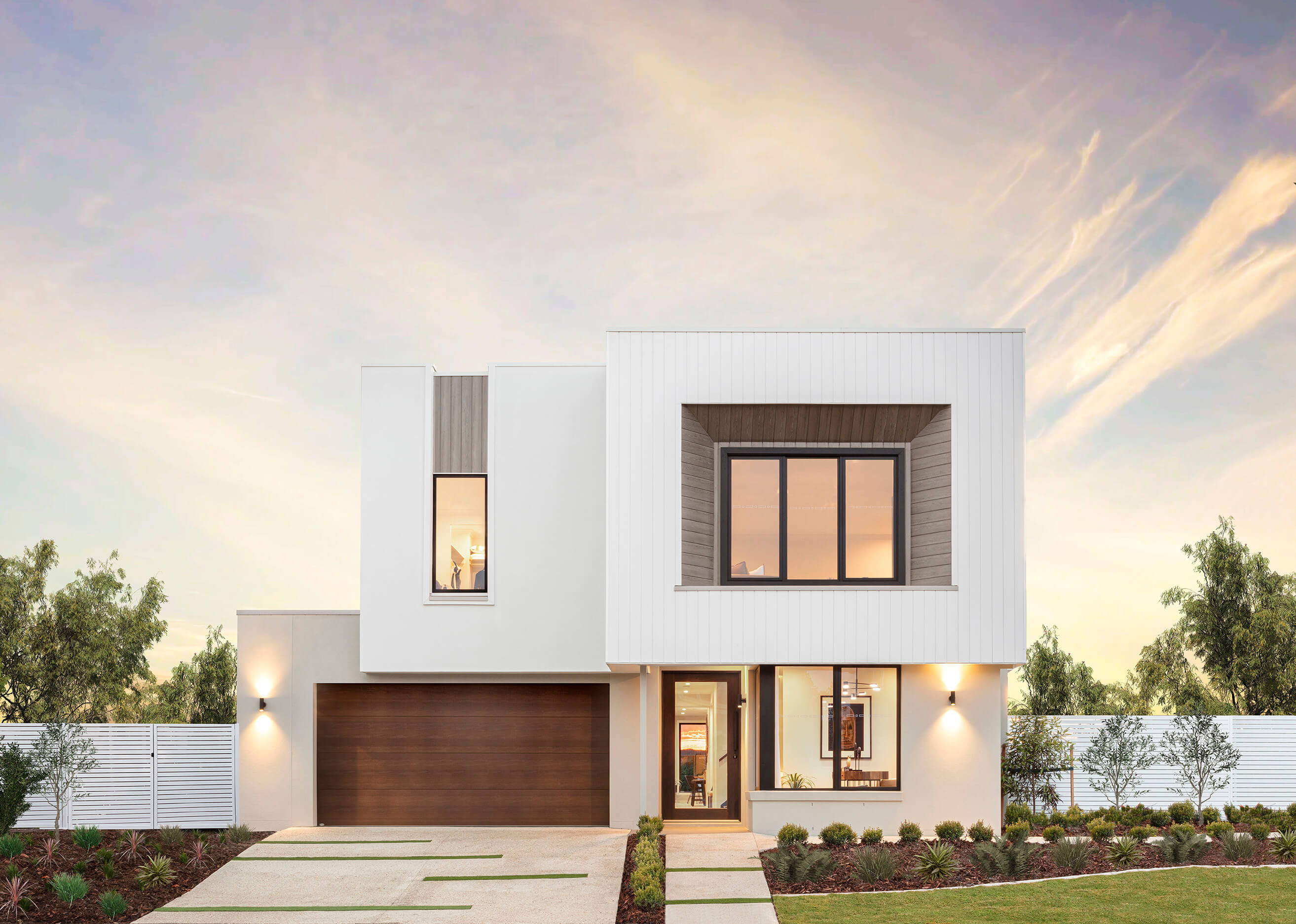
Flat roofs, as the name suggests, have a very minimal slope and are often seen in modern and contemporary home designs.
Benefits
- Suitable for installing solar panels.
- Provides space for a rooftop garden or terrace.
- Straightforward and streamlined appearance.
Drawbacks
- Prone to water pooling if not correctly designed.
- It may require more maintenance to ensure waterproofing.
This roof style is ideal for homeowners looking for a modern, minimalist look. They work well in urban settings and can be a practical choice for those wanting to maximise their use of rooftop space.
Skillion Roof
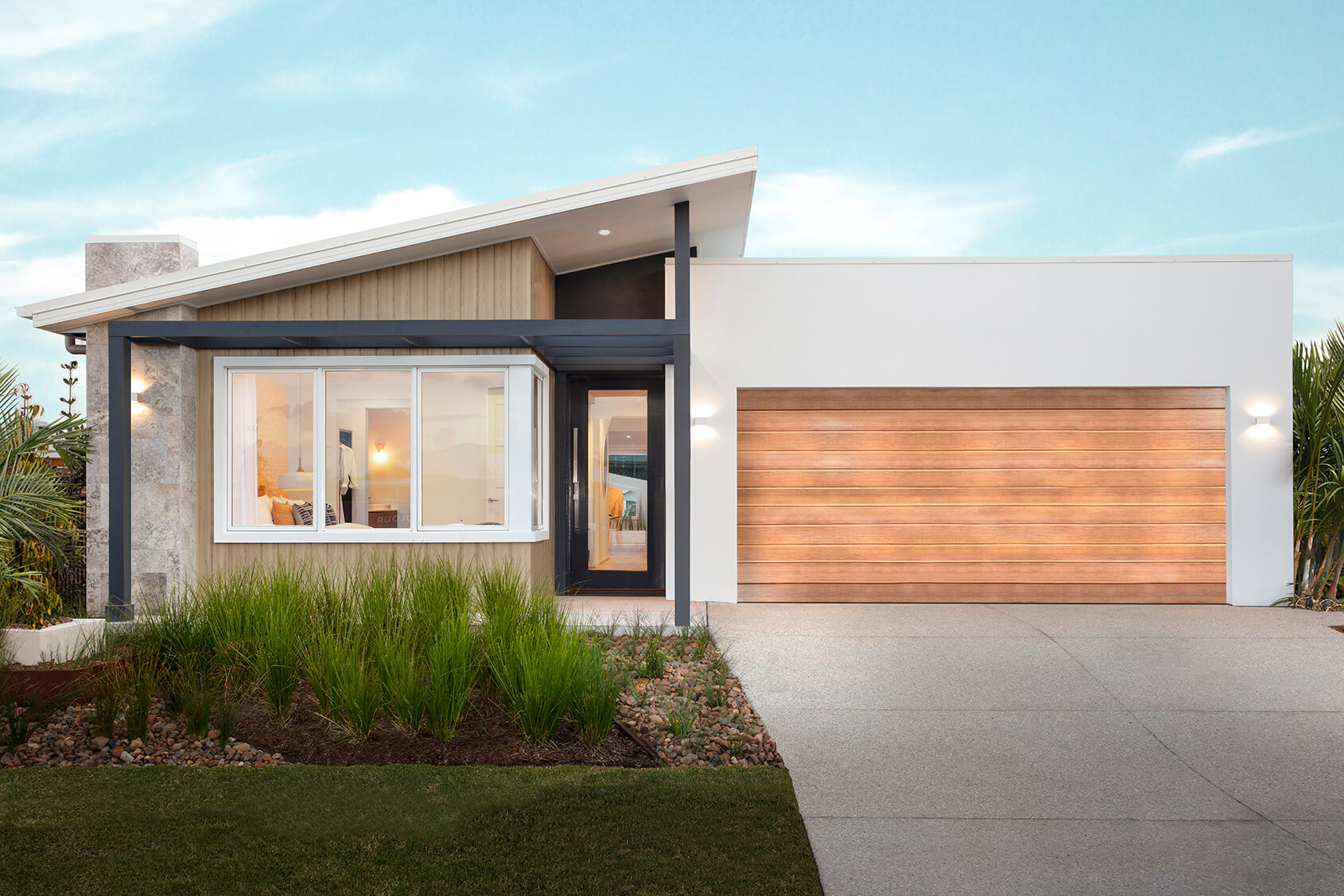
Skillion roofs are a type of sloped roof, but unlike traditional pitched roofs, they consist of a single flat surface. They're often used for additions to existing roof surfaces.
Benefits
- Modern and distinctive design.
- Good water runoff, suitable for rainy climates.
- It can be designed to enhance natural light inside the home.
Drawbacks
- Less traditional may only suit some home styles.
Skillion roofs are an excellent choice for modern homes, especially those that aim to stand out architecturally. They're also suitable for homes where enhancing natural light is a priority.
Hip Roof
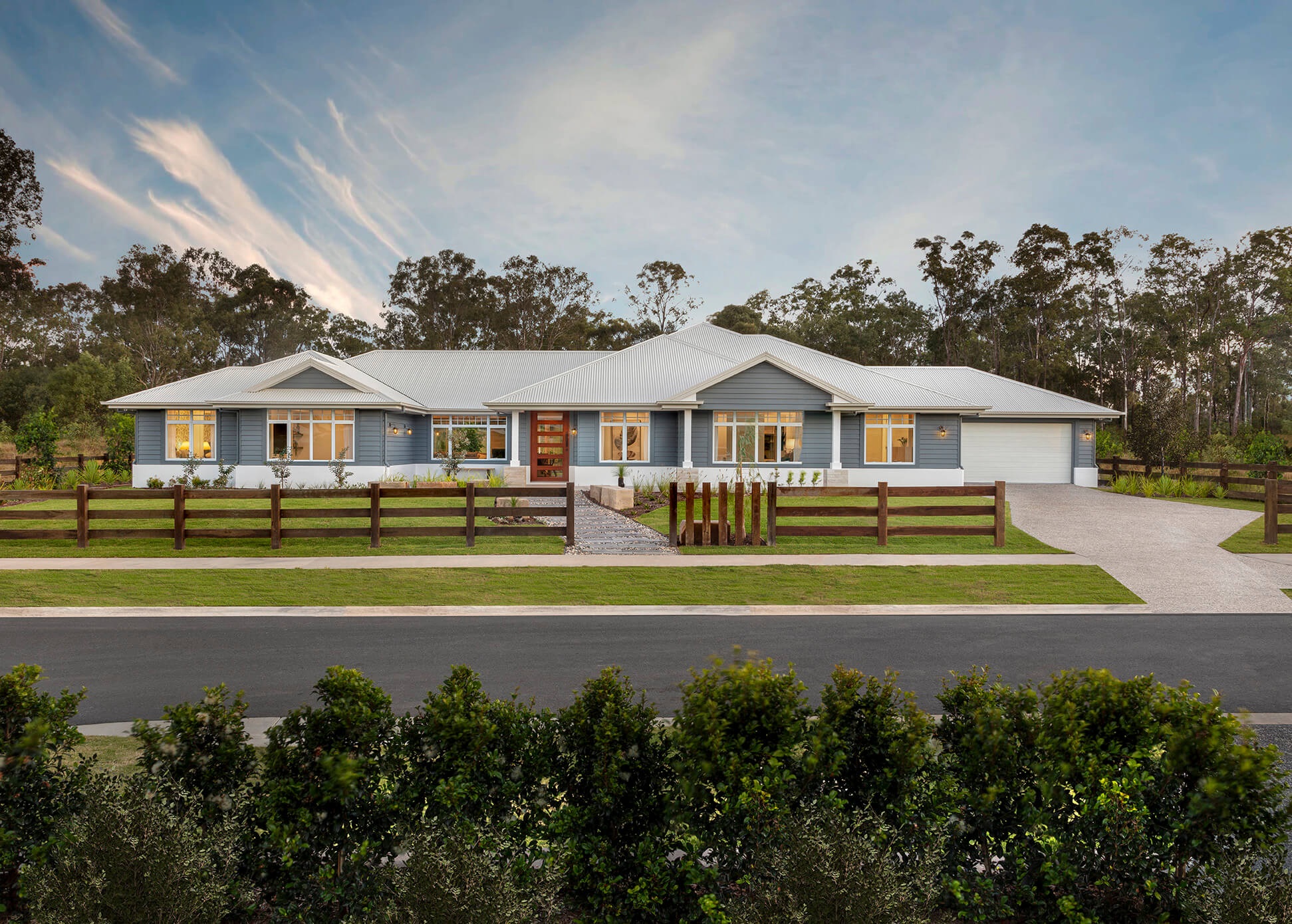
Hip roofs have slopes on all four sides, which form a ridge at the top. This design is prevalent in both traditional and contemporary Australian homes.
Benefits
- Stable and durable, suitable for high-wind areas.
- Allows for uniform eaves around the house.
- Aesthetically versatile, fitting various house styles.
Drawbacks
- It is more complex to build than gable roofs, which can increase costs.
Hip roofs are suitable for many Australian homes due to their durability and adaptability. They blend well with various architectural styles, making them a versatile choice for many homeowners.
Butterfly Roof
The butterfly roof, characterised by its V-shape, is a modern architectural element that stands out for its dramatic angles and lines.
It’s particularly suited for homes with a contemporary design, aiming to make a bold architectural statement.
Benefits
- Allows for more oversized windows and more natural light.
- Unique design can collect rainwater efficiently.
- It is ideal for installing solar panels due to its shape.
Drawbacks
Complex design can lead to higher construction costs.
- Requires meticulous maintenance to prevent water leakage.
A butterfly roof is a striking choice for modern, eco-friendly homes. It suits architectural styles that embrace sleek lines and innovative designs.
Curved Roof
Curved roofs add a fluid, organic feel to homes, often used in contemporary architecture. Their smooth, rounded design can range from slightly arched to more pronounced curves.
Benefits
- Aesthetically pleasing and modern look.
- It can offer better wind resistance than flat roofs.
- Curves allow for creative and flexible interior space design.
Drawbacks
- More complex to construct than standard roof types.
- Potential for higher costs due to the need for specialised materials and craftsmanship.
Curved roofs are ideal for homeowners looking for a modern and distinctive look. They complement homes that focus on artistic architectural elements and fluid design concepts.
The Importance of Roof Material
While the design of a roof is critical in defining a home's character and functionality, the choice of roofing material is equally important. The right material can enhance the roof's durability, energy efficiency, and overall performance. In Australia, where climatic conditions vary greatly, selecting a material that suits the local environment is key.
The most common roof materials include tiles, metal, and asphalt shingles. Tiles, often made of terracotta or concrete, are popular for their longevity and ability to withstand harsh weather.
Metal roofing, especially Colorbond steel, is renowned for its durability, versatility, and energy efficiency. Asphalt shingles, though less common in Australia, offer an affordable and adaptable roofing solution.
What Are Brighton Roofs Made Of?
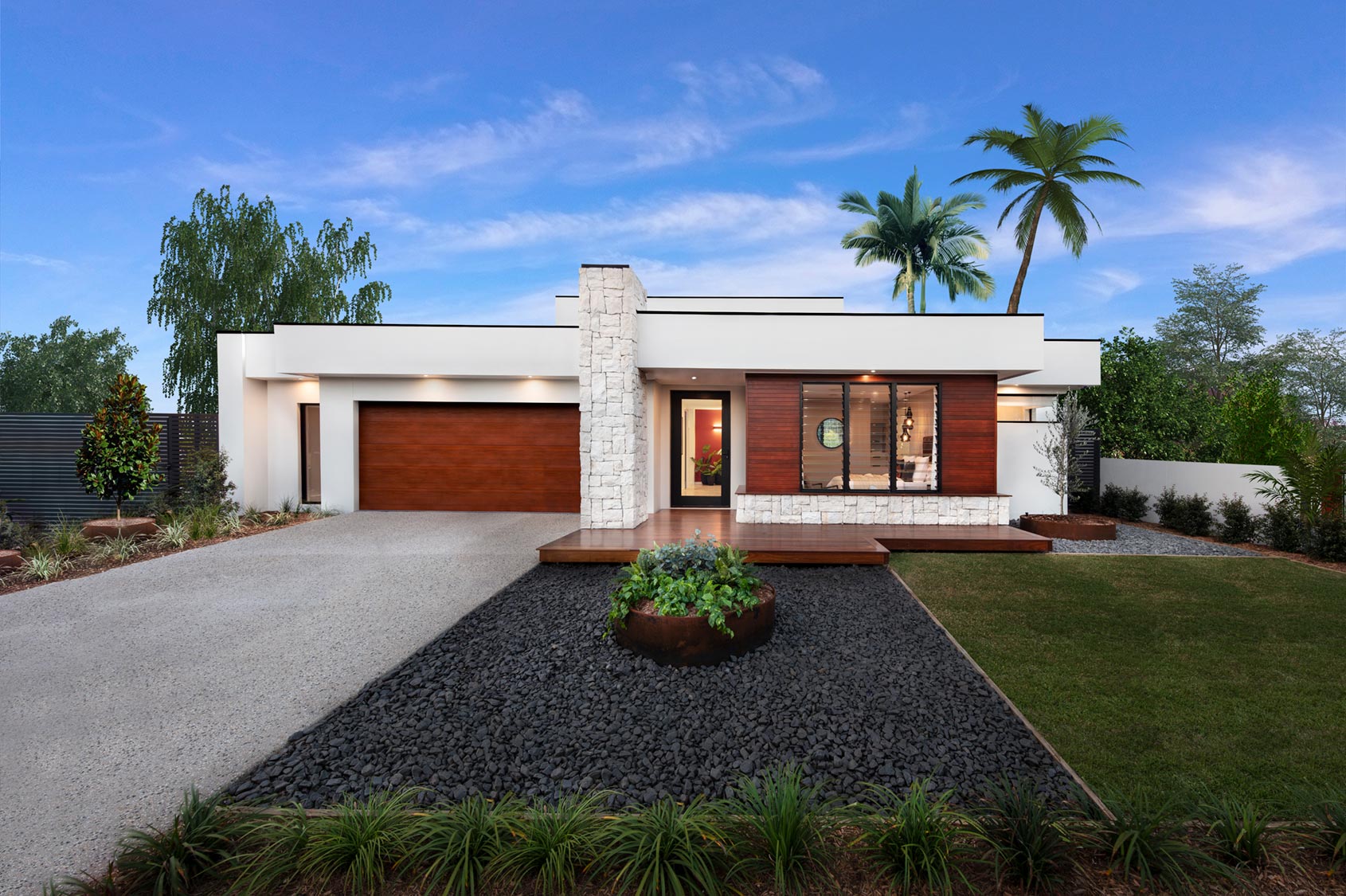
Brighton Homes, a premier residential builder in Queensland, exclusively uses Colorbond steel for its roofs.
This choice is particularly advantageous for several reasons. Firstly, Colorbond steel is known for its exceptional durability and resistance to the harsh Australian climate, including heavy rains and high winds common in Queensland. It is also low maintenance, which is a significant advantage for homeowners.
Additionally, Colorbond Steel offers a variety of colour choices, allowing homeowners to personalise their homes according to their aesthetic preferences. Its thermal efficiency is another key benefit; the material reflects more heat than traditional roofing materials, keeping homes cooler in summer and reducing air conditioning costs.
When choosing a roofing material for your home, it’s essential to consider factors like longevity, maintenance, energy efficiency, and aesthetic appeal. That’s why the use of Colorbond steel ensures that our homes are not only visually appealing but will also withstand the test of time.
What is a Roof Eave?
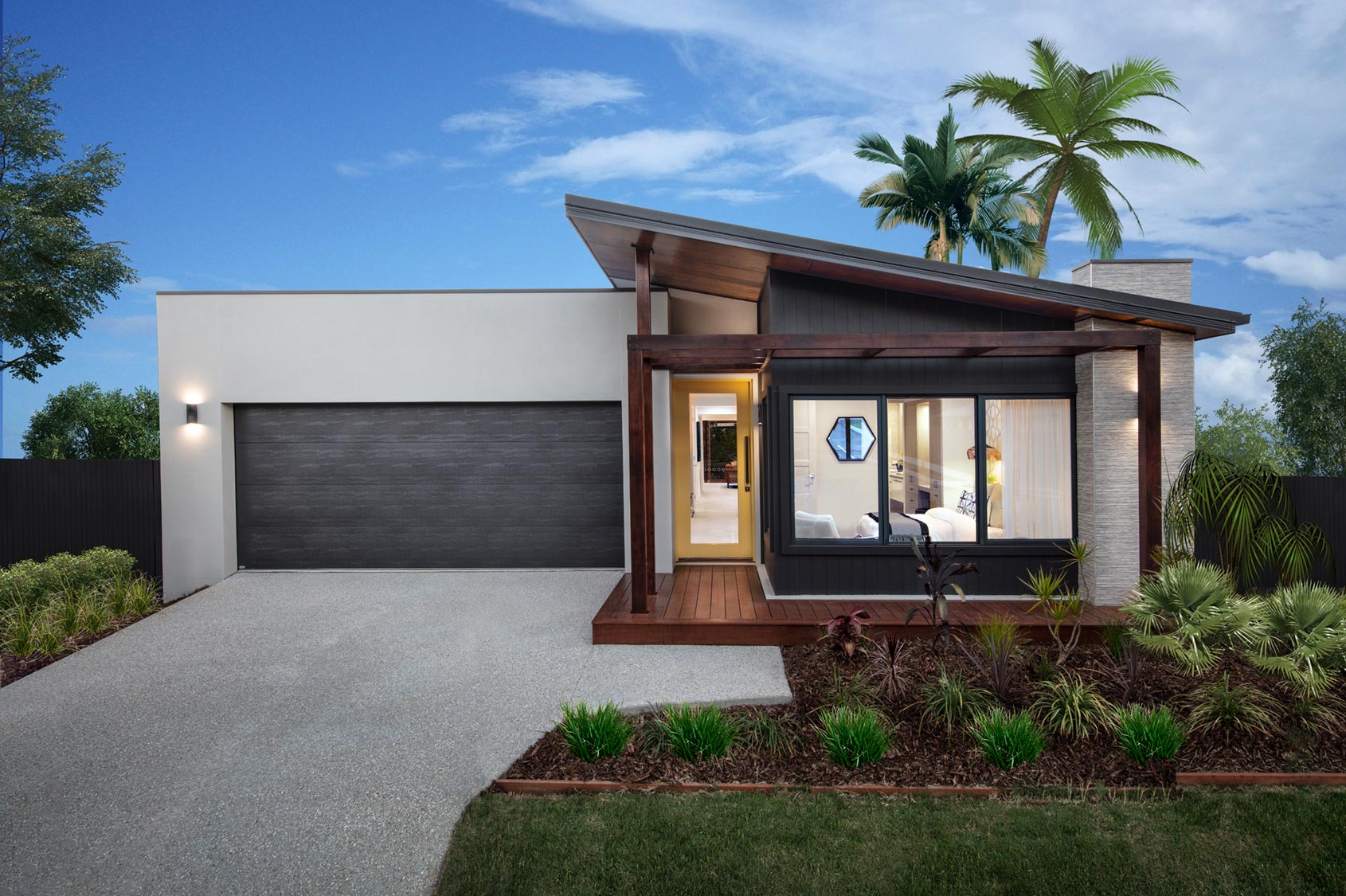
Roof eaves are the edges of the roof that overhang the face of a wall and, in some cases, protrude beyond the side of a building. Eaves play a crucial role in protecting the siding and foundation of a home from water damage.
They are an essential component of roof design, impacting a home's functionality and aesthetic appeal. To understand the importance of roof eaves in home construction, checkout our detailed eaves guide.
Whether you prefer the dramatic flair of a butterfly roof, the sleek curve of a curved roof, or the traditional charm of gabled and hip roofs, each style has unique advantages and considerations. Brighton Homes offers a range of roof options to suit every homeowners' diverse preferences and requirements, ensuring that your new home is not only aesthetically pleasing but also structurally sound and energy-efficient.
Factors to Consider When Choosing a Roof
- Even if opting for traditional roofs like the standard gable roof, selecting the best one involves several considerations:
Climate: The local weather conditions are crucial in determining the suitable roofing material. - Aesthetics: The roof should complement the home's overall architectural style.
- Energy Efficiency: Materials like Colorbond offer reflective properties, improving thermal efficiency.
- Durability and Maintenance: Consider how long the roofing material will last and the level of upkeep required.
- Cost: Budget constraints will influence the choice of material.
It's also worth considering the long-term value of the roofing material. While some options might have a higher initial cost, their durability, and low maintenance needs could make them more cost-effective.
Additionally, the impact of the roof on overall energy efficiency should not be overlooked, as this can lead to significant savings in heating and cooling costs.
For a detailed guide on choosing the right roof, particularly colorbond roofing, visit our blog on selecting the perfect Colorbond roof.
Building Beautiful Homes with Durable Roofs
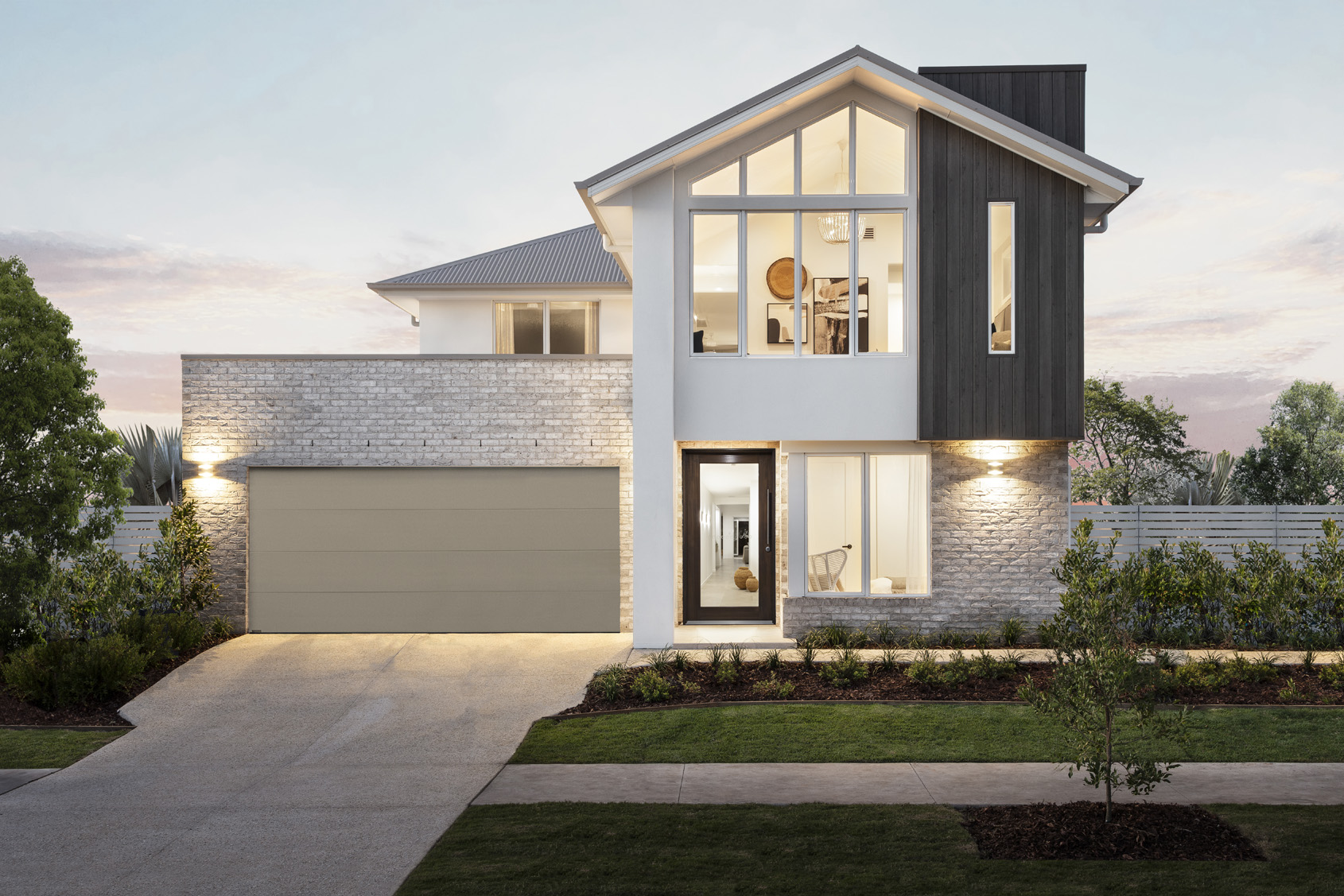
Your home's roof is a fundamental element that ensures safety, comfort, and style. That’s why we use high-quality materials like Colorbond to ensure each home is as durable as beautiful. If you're in the process of selecting a roof for your new home, consider visiting one of our display homes in Queensland.
For more insights into home design and preparation, explore our articles on choosing the right facade and preparing for your home-building journey.

